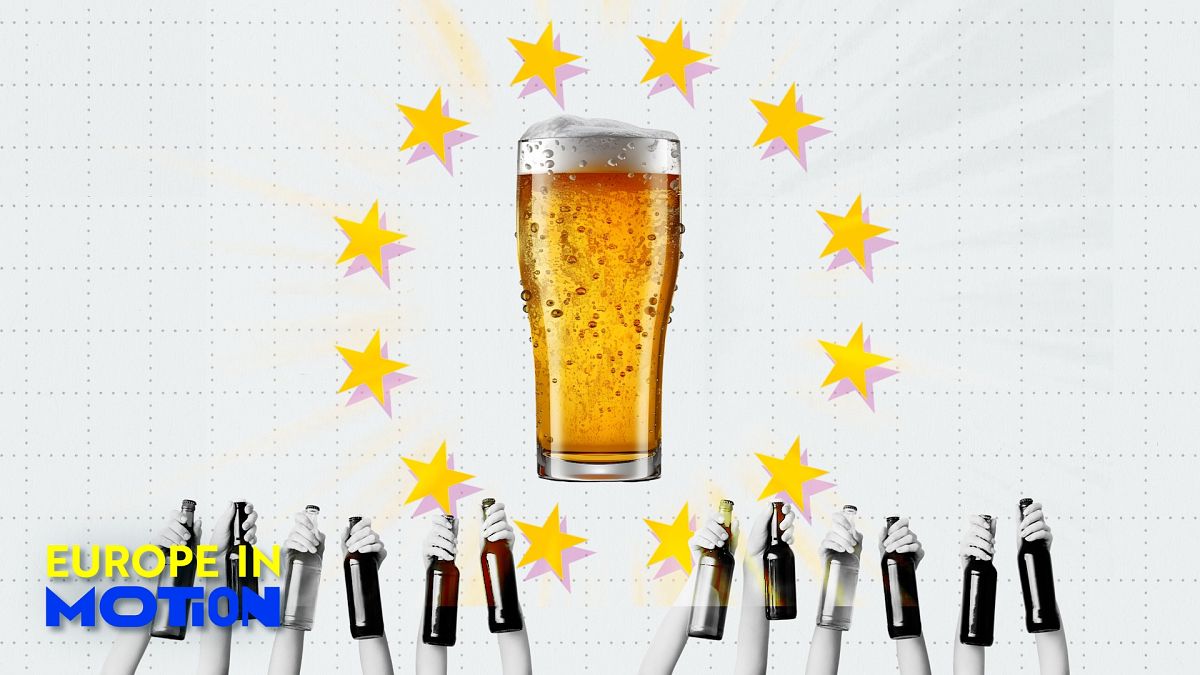The production of alcohol-free and low-alcohol beer in the EU saw a significant increase of 13% from 2022 to 2023, while the production of traditional brews declined. Despite this increase, traditional beer still accounts for around 95% of beer production in the bloc, with over 32 billion liters produced compared to only 1.8 billion liters of alcohol-free or low-alcohol beer. Non-traditional beer production is on the rise, bridging the gap between traditional and non-traditional brews in the EU.
Germany stands out as the EU’s largest beer brewing country, dominating both traditional and non-traditional beer production. Germany accounts for 22% of the EU’s total traditional beer output and holds the top spot for alcohol-free or low-alcohol beer production, with around 30% of the market share. Other top beer brewing countries in the EU include Spain, the Netherlands, France, the Czech Republic, and Romania.
When it comes to exports, the Netherlands leads in traditional beer sales outside the EU, accounting for 21.5% of total exports. Despite Brexit, the UK remains the main destination for EU beers, making up 23% of total exports. The US, Russia, China, and Cuba are also significant export partners for the EU. In terms of imports, British beer is the most imported in the EU, followed by Mexican beer. France remains the largest importer of alcoholic beer within the EU.
The increase in production of alcohol-free and low-alcohol beer in the EU reflects a growing trend towards healthier and more responsible drinking choices. Consumers are increasingly looking for alternatives to traditional alcoholic beverages, driving the demand for non-traditional brews. This shift in consumer preferences is likely to drive further innovation and growth in the non-traditional beer market in the EU.
As the EU beer market continues to evolve, traditional brewers are facing increasing competition from non-traditional beer producers. With Germany leading the way in both traditional and non-traditional beer production, other countries in the EU are also stepping up their game. The diversification of beer options available to consumers is not only meeting changing preferences but also driving economic growth and innovation in the beer industry.
Overall, the increase in alcohol-free and low-alcohol beer production in the EU signals a shift towards more diverse and healthier drinking habits among consumers. As traditional beer production declines, non-traditional beer producers are seizing the opportunity to cater to changing preferences. With Germany at the forefront of beer production in the EU, the future of the beer industry looks to be an exciting blend of tradition and innovation, offering consumers a wide range of choices to suit their tastes and lifestyles.











